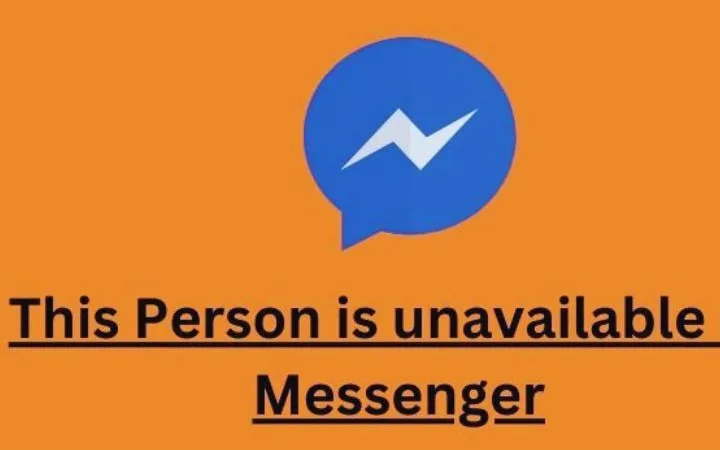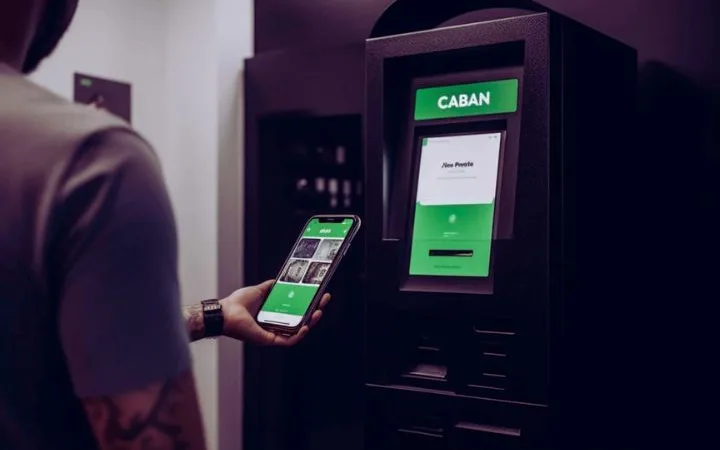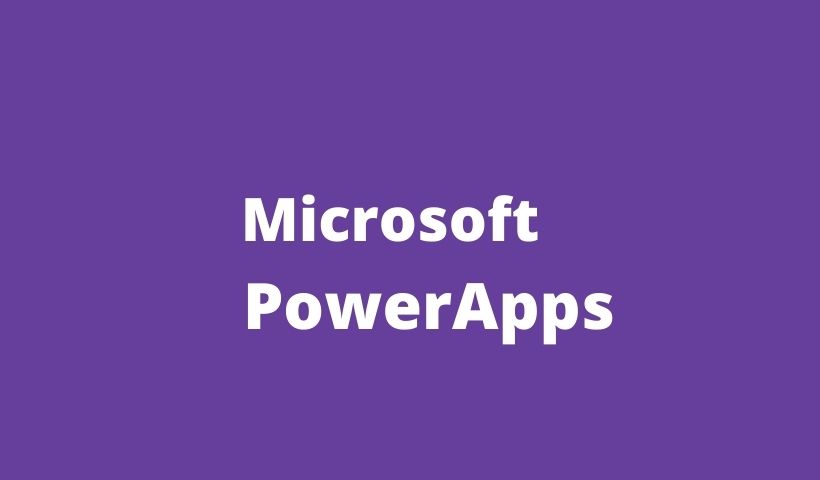Do Smoking Cessation Apps Work?

Fewer and fewer people are turning to cigarettes. Since 2002, CDC reports note that
the number of former cigarette smokers now outnumbers current smokers. That said,
there are still over 28 million smokers in America, and health stakeholders need to find
new ways to reach this large subset of people. One way they’ve done this is through
smoking cessation apps, which are suited to the country’s high smartphone ownership
and internet access rates. To date, the US is one of the biggest smartphone markets,
with over 310 million users.
These apps are designed to help individuals quit smoking, offering various assessment-
focused, goal-setting, and motivational features to support users in their quit journey.
Hundreds of these apps can be found in smartphone app stores today. Still,
accessibility does not equate to effectiveness, so it’s crucial to understand whether or
not app-based interventions result in successful smoking cessation.
Table of Contents
Effectiveness Of Smoking Cessation Apps
Quitting smoking is associated with feelings of guilt or shame, leading many to veer
away from traditional counselor-based quit attempts. A systematic review from the
Annals of Behavioral Medicine (ABM) found that internet-based interventions increased
the odds of short-term cessation by 29% and 19% after six months or more. The
researchers concluded that face-to-face smoking interventions leave room for skill-
based shortcomings of individual counselors, who may magnify shameful or guilty
feelings. Thus, apps potentially provide a more neutral and accessible space for
smokers to begin their quit journey.
Apps also appear to have a more extensive reach, target a more specific demographic,
and keep users more engaged. Evidence from the National Cancer Institute’s
quit smoking initiative indicated that while 118,444 users enrolled in their text messaging
program, their QuitGuide and quitSTART apps were downloaded almost 160,000 times
in comparison. Additionally, nearly 60% of users were less than 40 years old,
underscoring the effectiveness of the app format in reaching specific age groups.
Finally, up to 78% of app users completed nine or more sessions before stopping use,
which proves that mobile apps can keep smokers engaged over time. As for features,
people used personalized tracking tools and on-demand support more than other
features, indicating daily tracking as a primary use case for downloading apps.
The tone and content approach in quitting smoking apps also contributes significantly to
effectiveness. A JAMA Internal Medicine study divided over 2,400 participants between
an acceptance and commitment therapy (ACT)-based quit app versus one focused on
compliance to US clinical practice guidelines (USCPG). Researchers found that ACT
app users were 1.49 times more likely to quit smoking than USCPG users. That said,
while app-based cessation attempts are more likely to succeed, they aren’t perfect. This
is why it’s still important to complement apps with extra initiatives.
Enhancing The Effectiveness Of Quit-Smoking Apps
Nicotine alternatives
Only 4% of cold-turkey quitters succeed, which is why switching to nicotine alternatives
first for a less abrupt transition while using apps can help. These alternatives may carry
less risk than cigarettes due to differences in composition while still quelling withdrawal
symptoms. To illustrate, let’s look at nicotine pouches, which are popular smokeless
alternatives. The ingredients in nicotine pouches do not include tar or tobacco; instead,
synthetically made or tobacco-derived nicotine is used to mitigate cravings. Brands like
ZYN may also include flavorings to make it more enjoyable for smokers who are new to
this product. These alternatives can also help smokers with the weaning-off process
encouraged by many apps. For instance, the release of nicotine in gum, specifically
Nicorette 4mg, was recorded at only 33% compared to other studied alternatives. This
may be helpful for the later stage of a quit journey when users can handle lower
amounts of nicotine.
Online support groups
Researchers from the earlier ABM study noted that combining quit-app usage factors
like social support, goals, and feedback was associated with increased intervention
effectiveness. Aside from seeking support from trusted family members and friends,
quitters can find like-minded community members online. Groups like Nicotine
Anonymous, the American Lung Association’s Freedom From Smoking, and Mayo
Clinic’s EX all allow users to engage directly with an active and supportive collective of
fellow quitters. Like apps, these platforms have a less intimidating approach than face-
to-face support, which may help anxious quitters open up more.
Multi-device integrations
We’ve covered the useful health functionalities of smartwatches, from heart rate
detection to sleep and calorie expenditure. In the case of smoking cessation, some
apps offer smartwatch integrations, providing users with additional information and
motivational messages. Apps such as Smoke Free and QuitNow have watch features,
including don’t-smoke reminders, quit streak updates and more. Since smoking involves
the hands, this additional hands-free touchpoint provides users with another chance to
reconsider before relapsing.
When combined with other techniques, smoking cessation apps provide accessibility
and accountability that can be vital to your quit journey.






